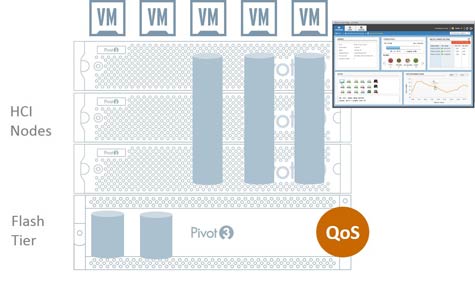When it comes to hyperconverged infrastructure these days, there’s no shortage of options. But when it comes to flexibility many of those options impose a broad range of constraints on IT organizations, ranging from how they can be configured to the performance of the applications that run on them. As one of the smaller players in this category, Pivot3 sees those constraints as an opportunity to exploit.
Following its acquisition of NexGen Storage earlier this year, Pivot3 has unveiled an instance of its hyperconverged appliance, bundled with NexGen Storage systems, that plugs directly into a PCIe slot.
Pivot3 CEO Ron Nash says that approach is critical because it provides the I/O performance required to support latency sensitive applications on a hyperconverged appliance. At the same time, Nash notes, Pivot3 does not impose any restrictions in terms of the way Flash or magnetic storage can be configured. That’s important, says Nash, because over time compute and storage requirements very rarely scale out in tandem. IT organizations need to have the flexibility to be able to add compute and storage resources as needed, says Nash.
Just as importantly, the addition of NexGen Storage gives IT organizations more granular control over allocation of storage resources to a specific application in order to guarantee the quality of service being delivered.
While there is certainly no shortage of hyperconverged systems these days, the number and types of these systems continues to expand with each passing week. The thing IT organizations would do well to remember is that, in terms of capabilities, most hyperconverged systems are far from being equal.




